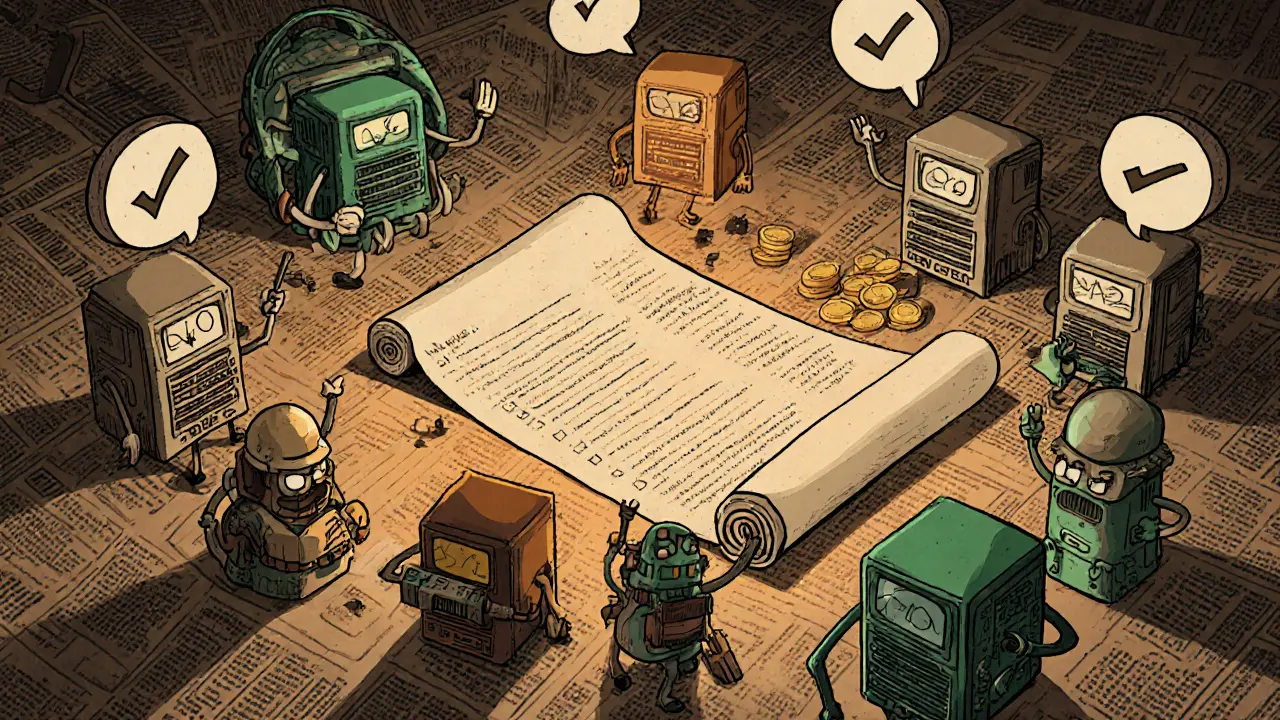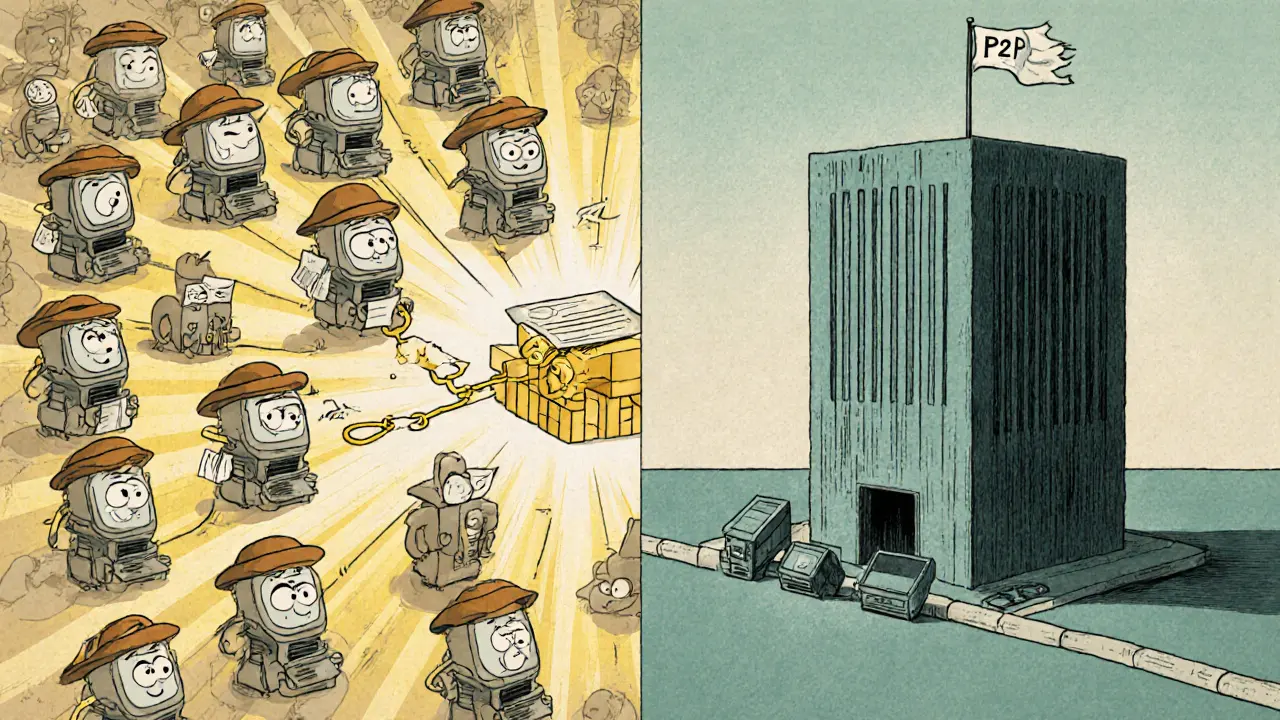Decentralization: Power to the Network
When you hear about Decentralization, the distribution of authority and control across many independent participants in a network. Also known as distributed governance, it reshapes how value moves online. The core engine behind it is Blockchain, a tamper‑proof ledger that records transactions without a central keeper. Built on top of blockchain, Smart Contract, self‑executing code that enforces rules automatically removes the need for trusted intermediaries. To let separate blockchains talk, Cross‑chain Bridge, a protocol that locks assets on one chain and issues equivalents on another provides the plumbing for true network‑wide decentralization. Finally, Tokenomics, the economic design of a token, including supply, distribution, and incentives fuels participants to keep the system healthy. Together these pieces form a web where power isn’t held by a single entity but spreads across users worldwide.
Why decentralization matters today
Investors and developers chase decentralization because it offers censorship resistance, lower fees, and open access. Stablecoins, for example, rely on decentralized tokenomics to stay pegged without a single issuer, while cross‑chain bridges let you swap Bitcoin for Ethereum without trusting a centralized exchange. Regulations in places like India or the EU try to shape how decentralized platforms operate, but the core principle stays: no single party can freeze your assets or dictate rules. Liquidity staking services illustrate how users can earn yields by locking tokens in a decentralized pool rather than handing them to a bank. Real‑world smart contract use cases—insurance payouts, supply‑chain tracking, or automated royalties—show that decentralization isn’t just hype; it’s a practical tool for reducing friction and building trust across industries.
The articles below dive into each of these building blocks. You’ll find guides on stablecoins taming volatility, deep dives into cross‑chain bridge security, step‑by‑step tokenomics analyses, and the latest on how global regulators are reacting to decentralized finance. Whether you’re new to the space or looking to sharpen your strategy, this collection gives you the context and actionable insights to navigate the decentralized ecosystem with confidence.
Understanding Consensus Mechanisms in Blockchain: Types, Benefits, and How They Work
by Johnathan DeCovic Oct 14 2025 10 CryptocurrencyA clear guide to blockchain consensus mechanisms, covering PoW, PoS, DPoS, and more, plus how to pick the right one for security, speed, or regulatory needs.
READ MOREP2P vs Client-Server: Why Blockchain Chooses Peer-to-Peer
by Johnathan DeCovic Sep 26 2025 8 CryptocurrencyExplore why blockchain relies on peer-to-peer networks over client-server models, covering decentralization, cost, security, and scalability.
READ MORE

